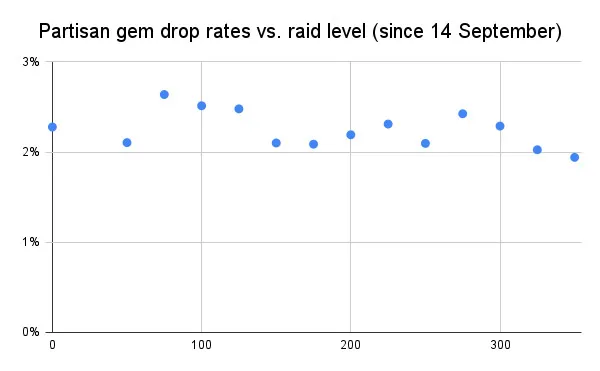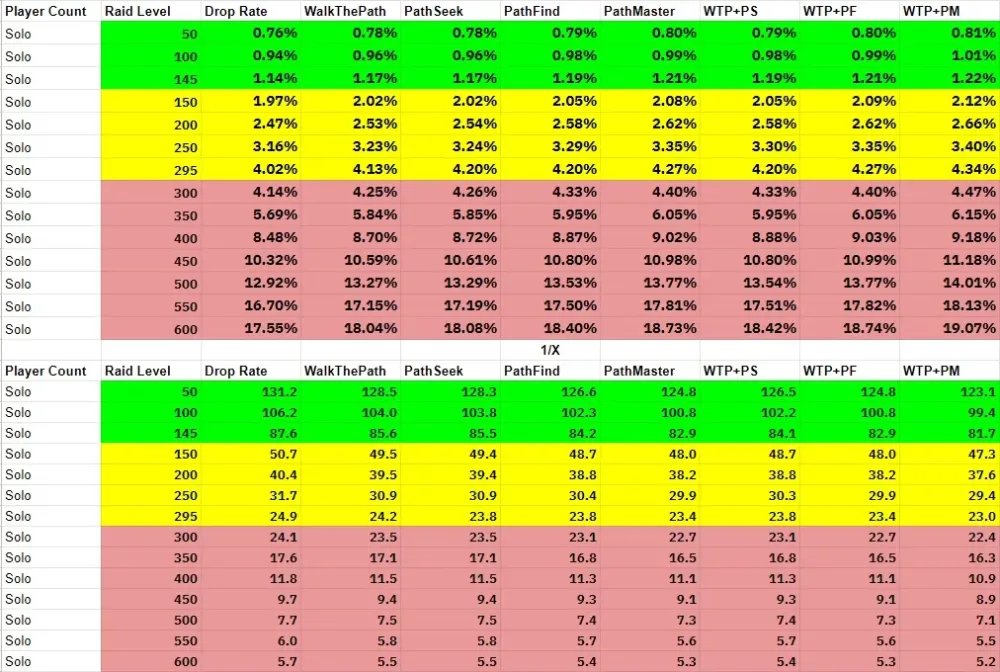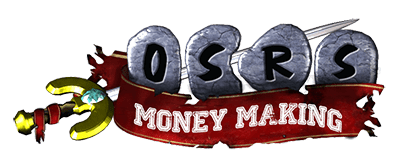Your cart is empty
Understanding the OSRS Gem Drop Table: A Comprehensive Guide

Old School RuneScape (OSRS) is a game filled with intricate mechanics, and one of its lesser-discussed yet fascinating systems is the gem drop table. Whether you’re a seasoned adventurer or a newcomer to Gielinor, understanding how this drop table works can enhance your gameplay, optimize your loot, and even boost your in-game wealth. In this detailed guide, we’ll dive into the OSRS gem drop table, exploring its mechanics, rewards, and strategies to make the most of it. Let’s uncover the gems—literally and figuratively—of this unique system!
The gem drop table, often abbreviated as GDT, is a shared loot table in OSRS that numerous monsters can access when slain. Unlike a monster’s unique drop table, which offers specific items tied to that creature, the gem drop table provides a standardized pool of rewards—primarily gems and talismans. It’s a sub-table that ties into the broader rare drop table (RDT) system, adding an extra layer of excitement to your monster-slaying adventures.
How the Gem Drop Table Fits Into OSRS Loot Mechanics
In OSRS, when you defeat a monster, the game rolls its drop table to determine your loot. Many monsters have a chance to access the gem drop table instead of their standard drops. If the GDT is triggered, you’ll receive one of its rewards, which could range from an uncut sapphire to a rare roll on the mega-rare drop table. This mechanic makes the GDT a versatile and unpredictable part of the game’s economy.
Connection to the Rare Drop Table
The gem drop table doesn’t stand alone—it’s intricately linked to the rare drop table. When a monster rolls the GDT, there’s a small chance it can escalate to the mega-rare drop table, offering high-value items like the rune spear or shield left half. However, accessing these mega-rare drops via the GDT requires completing the Legends’ Quest, adding a quest-based twist to the system.
Items You Can Get from the Gem Drop Table

The gem drop table is aptly named because its primary rewards are gems, but it offers more than just shiny stones. Here’s a breakdown of what you might find:
Gems: The Core Rewards
Gems are the bread and butter of the GDT. These uncut stones can be crafted into jewelry or sold for profit. The table includes:
- Uncut Sapphire: The most common gem, with a modest value.
- Uncut Emerald: Slightly rarer and more valuable.
- Uncut Ruby: A mid-tier gem with decent worth.
- Uncut Diamond: A high-value gem that’s less frequent.
Free-to-play players are limited to these uncut gems, making the GDT a key source of crafting materials in F2P worlds.
Talismans: A Magical Bonus
Beyond gems, the GDT can drop talismans, which are used in Runecrafting. The specific talisman depends on the monster’s location:
- Chaos Talisman: Dropped by monsters below ground level.
- Nature Talisman: Dropped by monsters above ground level.
These drops add utility for players training Runecrafting or seeking to craft tiaras.
The Mega-Rare Drop Table Roll
Here’s where things get exciting. The GDT has a 1/128 chance of rolling onto the mega-rare drop table, which includes coveted items like:
- Rune Spear
- Dragon Spear
- Shield Left Half
However, without completing Legends’ Quest, this roll is replaced by a talisman drop, limiting access to these rare treasures.
How the Ring of Wealth Impacts the Gem Drop Table
The Ring of Wealth is a game-changer for the gem drop table, enhancing your loot potential. Here’s how it works:
Removing the “Nothing” Drop
Without a Ring of Wealth, the GDT has 63/128 empty slots—meaning nearly half the time, you get nothing. Wearing the ring removes these empty rolls, increasing the odds of receiving an actual item from 65/128 to 65/65. This effectively boosts your chances of scoring gems or talismans.
Boosting Mega-Rare Odds
The Ring of Wealth also improves your shot at the mega-rare drop table. Without it, the chance is 1/128; with it, it jumps to 1/65 due to the removal of empty slots. For players chasing those elusive spears or shields, this is a must-have accessory.
Expected Value Comparison
At current Grand Exchange prices (as of April 2025), the expected value of a GDT drop is around 457.53 coins without the ring and 1,323.63 coins with it. This significant boost makes the Ring of Wealth a worthwhile investment for loot-focused players.
Monsters with Access to the Gem Drop Table
Not every monster in OSRS can roll the gem drop table, but many low- to mid-tier foes do. Here’s a look at some examples and strategies:
Common GDT Monsters
The GDT is typically accessed by monsters that aren’t high-level bosses or Slayer-specific targets. Some notable examples include:
| Monster | Combat Level | Location |
|---|---|---|
| Chaos Druid | 13 | Taverley Dungeon |
| Moss Giant | 42 | Varrock Sewers |
| Hill Giant | 28 | Edgeville Dungeon |
These monsters are ideal for low-level players or those farming gems without needing high combat stats.
Strategic Monster Hunting
To maximize GDT rolls, focus on monsters with fast kill times and high GDT access rates. For example, Chaos Druids in Taverley Dungeon are a popular choice due to their low combat level and frequent gem drops. Pair this with a Ring of Wealth, and you’ve got a solid gem-farming setup.
Tips to Maximize Your Gem Drop Table Loot
Want to make the most of the gem drop table? Here are actionable strategies to boost your efficiency and profits:
Wear a Ring of Wealth
As mentioned, this ring is essential. Craft or buy one, charge it with coins, and wear it during your farming sessions to eliminate empty drops and increase rare item odds.
Target High-Volume Monsters
Choose monsters you can kill quickly and in large numbers. The more kills per hour, the more chances you get to roll the GDT. Moss Giants in the Wilderness or Hill Giants in Edgeville Dungeon are great starting points.
Complete Legends’ Quest
If you’re after mega-rare drops like the Dragon Spear, completing Legends’ Quest is non-negotiable. It unlocks the full potential of the GDT’s rare roll, making your efforts more rewarding.
Use a Gem Bag
For extended farming sessions, grab a gem bag from the Motherlode Mine (cost: 100 nuggets). It holds up to 60 uncut gems, saving inventory space and letting you stay in the field longer.
Combine with Slayer Tasks
Many Slayer monsters, like Fire Giants, also access the GDT. Assign yourself tasks that overlap with GDT-capable monsters to earn Slayer XP while farming gems and talismans.
Pro Tip: Check the OSRS Wiki for a full list of GDT-accessible monsters to plan your farming routes efficiently.
Why the Gem Drop Table Matters in OSRS
The gem drop table might not be as flashy as boss uniques or Slayer drops, but it plays a vital role in the game’s ecosystem:
Economic Impact
Gems from the GDT feed into the crafting economy, providing raw materials for jewelry and bolt tips. Talismans support Runecrafting, while rare drops like the Shield Left Half contribute to high-level gear like the Dragon Square Shield.
Accessibility for All Players
Unlike bossing, which requires high stats and gear, the GDT is accessible to players of all levels. Whether you’re a level 20 newbie or a maxed veteran, you can benefit from its rewards.
A Touch of RNG Excitement
The unpredictability of the GDT—especially its mega-rare roll—adds a thrill to even the most mundane grinds. That next kill could be the one that drops a Dragon Spear, keeping you hooked.
In conclusion, the OSRS gem drop table is a hidden gem (pun intended) in the game’s loot system. By understanding its mechanics, leveraging tools like the Ring of Wealth, and targeting the right monsters, you can turn this unassuming table into a steady source of profit and excitement. So, grab your gear, head out into Gielinor, and start rolling those gem drops—your next big loot might be just a kill away!
